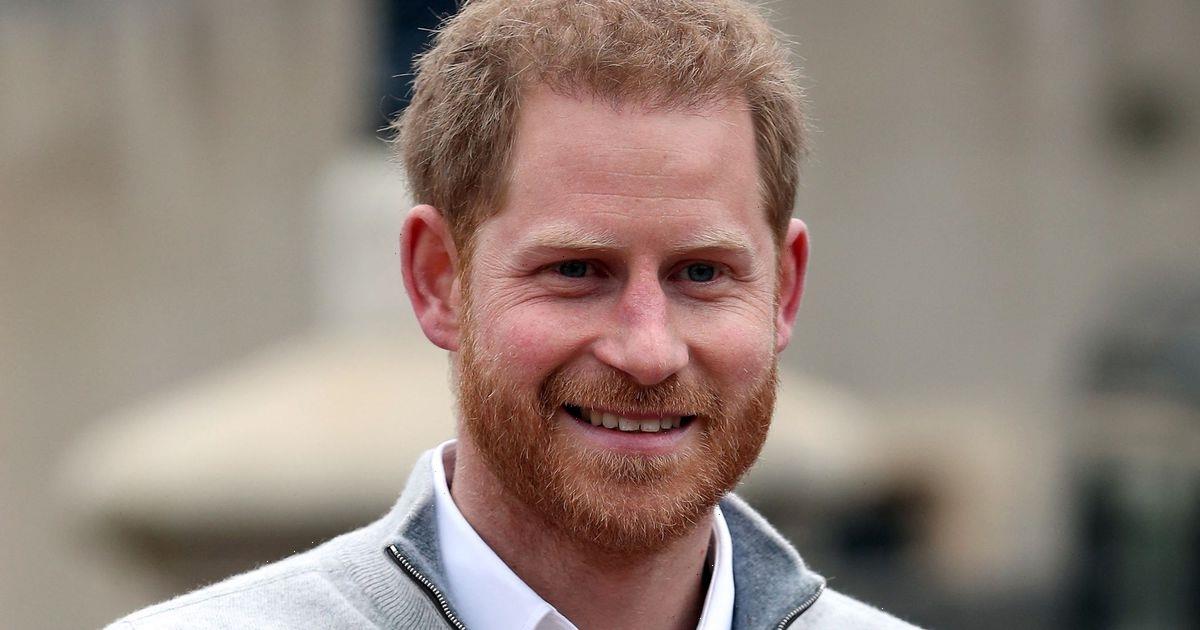The behavior is common in East Asia, but there’s no tidy scientific consensus on how much it limits the spread of respiratory illnesses. Now some wonder how the idea will go over in the U.S.
By Daniel Victor and Mike Ives
Once Americans return to crowded offices, schools, buses and trains, so too will their sneezes and sniffles.
Having been introduced to the idea of wearing masks to protect themselves and others, some Americans are now considering a behavior scarcely seen in the United States but long a fixture in other cultures: routinely wearing a mask when displaying symptoms of a common cold or the flu, even in a future in which Covid-19 isn’t a primary concern.
“I will still feel a responsibility to protect others from my illness when I have a cold or bronchitis or something along those lines,” said Gwydion Suilebhan, a writer and arts administrator in Washington who said he also plans to continue wearing masks in situations like flying on airplanes. “It’s a responsible part of being a human in a civil society to care for the people around you.”
Such routine use of masks has been common for decades in other countries, primarily in East Asia, as protection against allergies or pollution, or as a common courtesy to protect nearby people.
But until the coronavirus crisis, there had seldom been a cultural push for the practice in the United States and several other Western countries. Though masks proved effective in helping mitigate Covid-19 transmission, they now carry weight as symbols in the red state-blue state culture wars, with segments of the country seeing them as an affront to their freedoms and others considering them a demonstration of caring for others.
Dr. Anthony S. Fauci, the director of the National Institute of Allergy and Infectious Diseases, reflected this week on the future of mask wearing. “It is conceivable that as we go on, a year or two or more from now, that during certain seasonal periods when you have respiratory-borne viruses like the flu, people might actually elect to wear masks to diminish the likelihood that you’ll spread these respiratory-borne diseases,” he said Sunday on “Meet the Press.”
Other leading American health officials, however, have not encouraged the behavior. The Centers for Disease Control and Prevention — which at the beginning of the pandemic advised against wearing masks, and only changed its guidance a couple of months later — does not advise people with flu symptoms to wear masks, and says they “may not effectively limit transmission in the community.”
That’s partly because there’s no tidy scientific consensus on the effect of masks on influenza virus transmission, according to experts who have studied it.
Nancy Leung, an epidemiologist at the University of Hong Kong, said that the science exploring possible links between masking and the emission or transmission of influenza viruses was nuanced — and that the nuances were often lost on the general public.
Dr. Leung said the strongest evidence for a connection came from studies that had demonstrated how surgical masks reduced the amount of influenza virus that an infected person emitted, an effect that epidemiologists call “source control.” These studies showed that masking was particularly effective at stopping emission of influenza droplets, she added.
Source: Read Full Article





